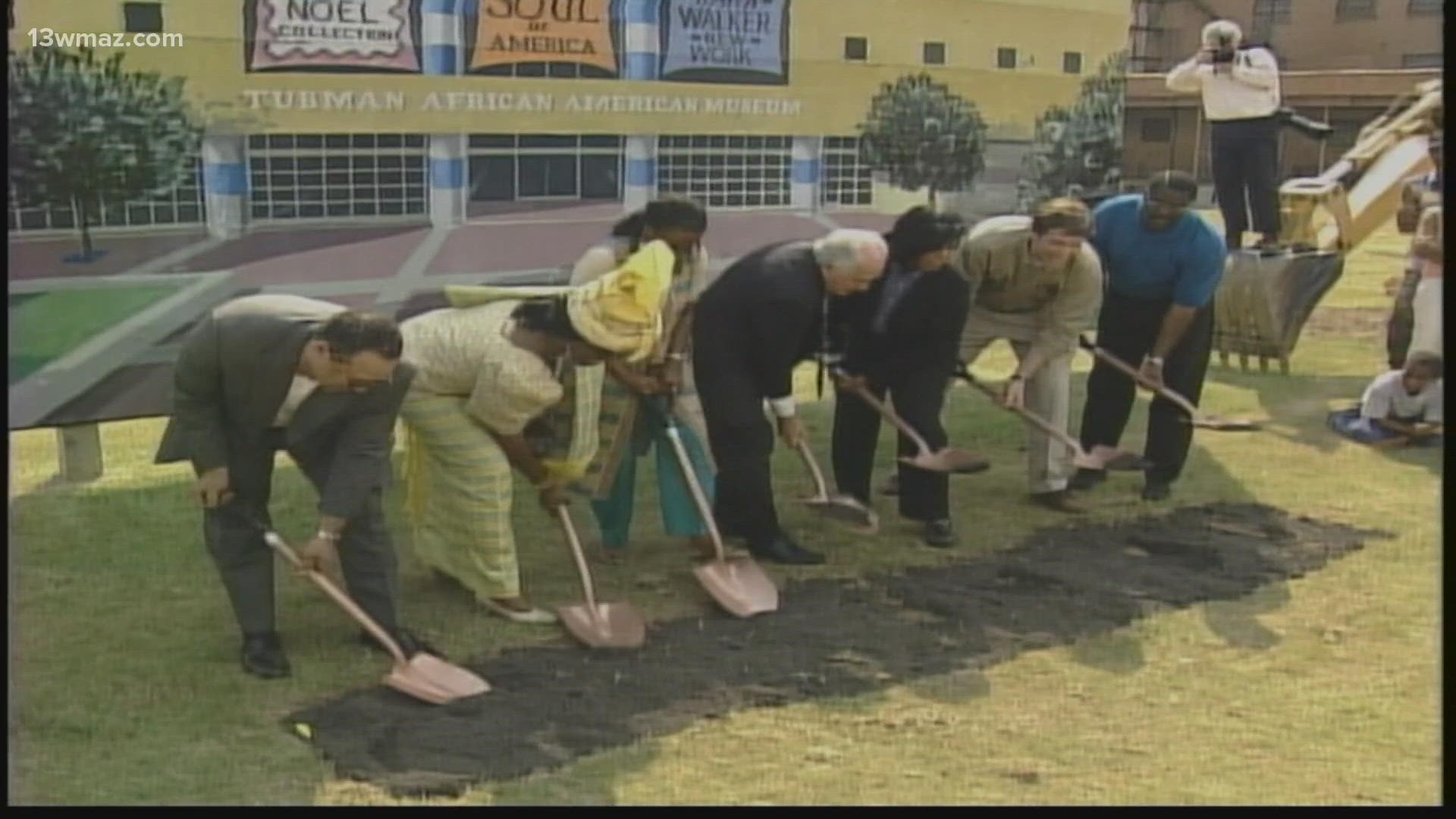MACON, Ga. — Richard Keil is a humble man who is about to hit 90 years old. He's seen and done a lot over the course of almost 9 decades.
"Even when we bought the little 8,400 square foot building, it was the largest in the Southeast," he recalled. "So now it's almost 50,000 square feet."
The Tubman African American Museum is still the largest museum of its kind in the Southeast... and it all began about 70 years ago.
Keil knows first hand in the fifties that racism was blatant in public places.
"They would have pictures of African American people that would just be really downgrading and downgrading them, and I just said someone's gotta change that," he said.
When Richard was a young man, he got out of the Army and started seminary school, eventually winding up at St. Peter Clavor Catholic Church. He did mission trips, and a couple of trips to Alabama changed his life.
"What contributed to it were the beloved people I met in Alabama, and they were brutalized to the point of being killed and or bought or loaned out of the jail and had to work for slaves wages - even in the fifties," Richard sadly recalled.
Thirty years later, the museum's founder put a small down payment of 18,500 dollars on a building in downtown Macon.
"And the title was split in half and I bought half of it but after a couple of days I said we have to buy this whole thing, he said with a smile.
The building flourished for years, entertaining and educating people about African American life.
In 2001, leaders broke ground on a new building.
However, it would take over a decade for the Tubman to come to fruition into the grand establishment you see today.
Keil doesn't credit himself as much as the great directors that have led the museum through the years.
But he is proud, and it's not lost on him the irony of his own skin color in bringing the project to life.
"I come to a point where I knew this could be a success because the last thing I wanted is a white man that would start something that would end up as a piece of trash," he said solemnly.
Far from trash - it's a treasure.
A tangible piece of history everyone can be proud of.

